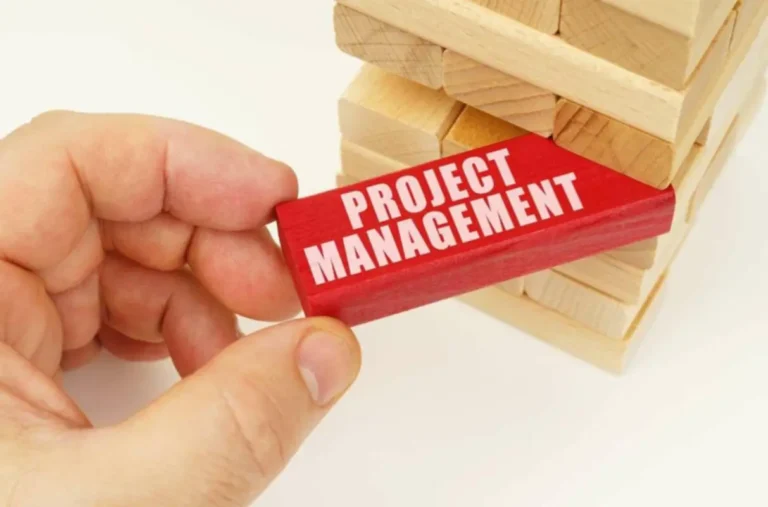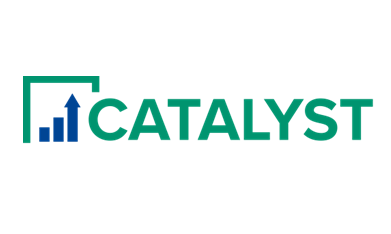Instead of a central admin, transactions are course of by a network of users who act as a consensus mechanism so that everybody blockchain solutions is creating the identical shared system of report simultaneously. Blockchain transactions, when carried out, are cryptographically signed using cryptographic algorithms. This step is required to make sure that every transaction is legitimate and originated from a sound source. As it is a complicated process, it takes time to hold out the method. Even though the entire blockchain software is fast, the signature verification can bottleneck.
Blockchains Versus Conventional Databases
- A breach in a centralized database can result in catastrophic losses, especially in delicate industries like fintech or pharma.
- Like most know-how decisions, the choice between a blockchain and a traditional database comes down to a series of trade-offs.
- Blockchain stands out for its unparalleled transparency, trustworthiness, and decentralization, making it perfect for applications similar to cryptocurrencies.
- Considering the case of a single administrator on high of everybody else.
Only people who discover themselves allowed by the administrator can take part within the blockchain. The solely similarity between personal blockchain and database is the centralized aspect. Now that we’ve understood what blockchain and traditional databases are, let’s examine both the technologies utilizing necessary pointers.
Would You Like To Work With A Monetary Skilled Remotely Or In-person?

If a certain condition is met, the code is automatically executed. Any system that requires proper verification can make the most of blockchain. For instance, B2B Business-to-Business transactions can profit immensely.
Real-life Functions Of Blockchain Databases
This means that learn and write access is simply potential through functions which are controlled by the entity. Traditional databases are prone to assaults because the attackers solely have to target a central server. Smart contracts are introduced within the Ethereum blockchain, which brings within the ability to make the most of saved procedures.

Beneath Fsma Rule 204(d), Digital Traceability Can Save Lives By Saving Food Provides

Also, methods corresponding to stock exchanges that depend on fast operations must use databases for better data flow. However, blockchain additionally appears to do great in enterprise networks. The proven truth that a company stores info in a database doesn’t signify that the database is protected. A single loophole, given the sophistication of hackers, may sabotage enterprise operations. Security analysts must install and function effective layers to safe conventional databases.
Use Cases Of Blockchain Know-how

Traditional databases are not designed for decentralized applications, as they rely on central management and should lack the transparency and immutability supplied by blockchains. Blockchain offers decentralization, immutability, and decreased intermediaries, while traditional databases provide consistency, reliability, and better scalability for large-scale purposes. The future holds thrilling potentialities for each blockchain and traditional databases. As the technologies mature, we might witness integration and hybrid options that harness the strengths of both worlds. For large-scale applications, traditional databases usually provide higher performance and scalability compared to blockchain. Blockchain is a decentralized and distributed ledger system that securely records transactions throughout a community of computers.
Peers are equally privileged, equipotent individuals in the network. This is efficacious as a result of centralized methods turn out to be “honey pots” for hackers; anybody with entry to the database can destroy, steal, leak, or corrupt the data inside. As a end result, the moment you entrust your knowledge to a regular database, you become dependant on the group where the information resides. This is because if belief and robustness aren’t an issue, there’s nothing a blockchain can do that an everyday database cannot.
While SQL databases are highly dependable, versatile, and scalable, they’re susceptible to attacks because of their centralized nature. NoSQL databases, one other well-liked selection, supply greater flexibility in knowledge storage but nonetheless follow the centralized strategy. We’ll discover the basics of blockchain know-how and standard knowledge collections, figuring out the benefits and disadvantages. Additionally, we’ll present an outlook on blockchain and cryptocurrency in 2024.
There has been lots of discussion about whether or not supply chains ought to turn to blockchain for decentralized data storage and traceability or stick with the standard centralized database applied sciences. Traditional Databases use client-server network structure the place a consumer can modify knowledge that is saved on a centralized server. Irrespective of their structure (SQL or NoSQL), a single authority controls the database and authenticates a client’s credentials in the event that they need to entry it. Blockchains offer a approach to substitute these organizations and their centralized databases with a distributed database that is secured by cryptography and consensus mechanisms. This distributed database eliminates the one level of failure — also called the honey pot downside — attribute of centralized databases. As blockchain is decentralized, it depends heavily on a consensus mechanism to validate transactions on to the blockchain.
Blockchain databases operate on a decentralized community, eliminating the need for central authorities or intermediaries. This decentralization minimizes the risk of corruption and manipulation, enabling trust and collaboration among users. Supply chain blockchains are designed to track and confirm product movements and authenticity. They enhance transparency and traceability in provide chain management, decreasing fraud and guaranteeing product integrity. Blockchain databases supply international accessibility as a outcome of they’re decentralized.
A blockchain is a growing record of data, known as blocks, that are linked by cryptography. Each block contains a cryptographic hash of the previous block, a timestamp, and transaction data. Controls and eliminates the dangers of data changes by third parties with enough entry to the system. Blockchain vs Database has become a sizzling matter for debate amongst the tech world these days.
This cost discount is achieved by eliminating intermediaries and streamlining processes. When you take away the middlemen, transactions turn into more environment friendly and cost-effective. Consortium blockchains are governed by a gaggle of organizations or entities that share management. This makes them perfect for tasks where a number of trusted parties need to work together in a shared and managed surroundings.
The use instances for this scenario are much like the earlier methodology, however the place velocity or privateness is more essential. Such can be the case for a system that manages customer credit standing throughout finance and sales techniques. These storage units could probably be unfold across multiple computer systems throughout the exact physical location or dispersed over a network of interconnected computers throughout different places.
